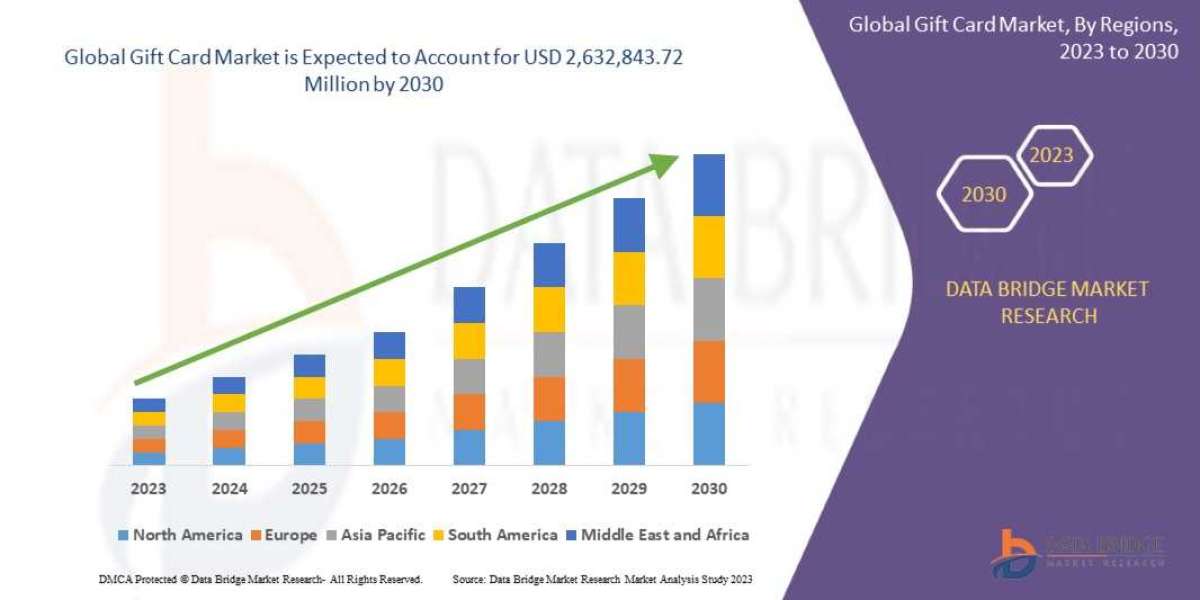Introduction
Chimeric Antigen Receptor T-cell (CAR-T) therapy has revolutionized cancer treatment, offering hope to patients with refractory and relapsed malignancies. While its efficacy is impressive, CAR-T therapy is not without its challenges. One significant adverse effect is CAR-T-related neurotoxicity (Neurotoxicity), also known as immune effector cell-associated neurotoxicity syndrome (ICANS). This article delves into the market insights, epidemiology, and market forecast for CAR-T-related Neurotoxicity up to 2032.
Understanding CAR-T-related Neurotoxicity
CAR-T-related neurotoxicity encompasses a spectrum of neurological symptoms that can range from mild confusion to severe, life-threatening cerebral edema. The pathophysiology is not fully understood but is believed to involve cytokine release and subsequent inflammation within the central nervous system. Symptoms typically manifest within days to weeks after CAR-T infusion and can include headache, encephalopathy, seizures, and coma.
Market Insights
The increasing adoption of CAR-T therapies for hematologic cancers such as acute lymphoblastic leukemia (ALL) and non-Hodgkin lymphoma (NHL) has driven the need for effective management of associated toxicities, including Neurotoxicity. As CAR-T therapies continue to gain regulatory approvals and expand into new indications, the market for managing CAR-T-related Neurotoxicity is expected to grow significantly.
Key players in the CAR-T therapy market, including Novartis, Gilead Sciences, and Bristol-Myers Squibb, are investing heavily in research to mitigate Neurotoxicity. This includes developing next-generation CAR-T products with enhanced safety profiles and adjunctive therapies to prevent or treat Neurotoxicity. Additionally, academic institutions and biotech companies are actively exploring biomarkers for early detection and strategies to modulate the immune response to reduce neurotoxicity.
Epidemiology
The incidence of CAR-T-related Neurotoxicity varies across different studies but is estimated to occur in 30-60% of patients undergoing CAR-T therapy. Severe Neurotoxicity, defined as grade 3 or higher, occurs in approximately 10-20% of cases. Factors influencing the risk of Neurotoxicity include the type of CAR-T product, disease type, patient characteristics, and prior treatments.
Epidemiological data indicate that Neurotoxicity is more common in certain hematologic malignancies, particularly B-cell malignancies treated with CD19-targeted CAR-T cells. The variability in incidence rates underscores the need for standardized diagnostic criteria and robust reporting mechanisms to accurately assess the burden of Neurotoxicity.
Market Forecast - 2032
The market for CAR-T-related Neurotoxicity is poised for substantial growth over the next decade, driven by the expanding use of CAR-T therapies and ongoing advancements in managing Neurotoxicity. Key trends influencing the market forecast include:
- Rising Adoption of CAR-T Therapies: As CAR-T therapies become a standard treatment for various cancers, the incidence of Neurotoxicity is expected to rise correspondingly. This will fuel demand for interventions to prevent and treat Neurotoxicity, including pharmacological agents, supportive care measures, and novel therapeutic approaches.
- Innovation in CAR-T Technologies: Next-generation CAR-T products are being designed to enhance efficacy while minimizing toxicity. Innovations such as dual-targeted CAR-T cells, CAR-T cells with suicide genes, and off-the-shelf CAR-T products are anticipated to reduce the incidence and severity of Neurotoxicity, thus influencing the market dynamics.
- Development of Adjunctive Therapies: Research into adjunctive therapies, such as anti-inflammatory agents, immunomodulators, and neuroprotective drugs, is progressing rapidly. These therapies aim to mitigate the immune response responsible for Neurotoxicity and provide symptom relief. Successful clinical trials and subsequent approvals of such therapies will significantly impact the market landscape.
- Regulatory and Reimbursement Landscape: Regulatory agencies are increasingly focused on the safety of CAR-T therapies, including the management of Neurotoxicity. Clear guidelines and standardized protocols for monitoring and treating Neurotoxicity will be crucial for market growth. Additionally, favorable reimbursement policies for CAR-T therapies and associated management strategies will support market expansion.
- Collaborative Efforts and Clinical Trials: Collaboration between pharmaceutical companies, academic institutions, and healthcare providers is essential for advancing the understanding and management of Neurotoxicity. Ongoing clinical trials aimed at evaluating the safety and efficacy of various interventions for Neurotoxicity will provide valuable data to guide clinical practice and drive market growth.
Challenges and Opportunities
While the market for CAR-T-related Neurotoxicity management holds significant promise, it also faces several challenges. These include the complexity of the underlying pathophysiology, variability in clinical presentation, and the need for multidisciplinary approaches to care. Additionally, high treatment costs and access barriers may limit the widespread adoption of advanced therapies.
Opportunities for market growth lie in the development of predictive biomarkers for Neurotoxicity, personalized treatment approaches, and real-world evidence generation. Advances in neuroimaging, genomic profiling, and artificial intelligence hold potential for early detection and tailored interventions. Furthermore, patient education and supportive care programs will play a vital role in improving outcomes and quality of life for individuals experiencing Neurotoxicity.
Conclusion
The CAR-T-related neurotoxicity market is on an upward trajectory, driven by the expanding use of CAR-T therapies and ongoing innovations in managing associated toxicities. Understanding the epidemiology and market dynamics of Neurotoxicity is crucial for stakeholders, including healthcare providers, researchers, pharmaceutical companies, and policymakers. As the field continues to evolve, collaborative efforts and continued investment in research will be key to addressing the challenges and seizing the opportunities in this burgeoning market.
By 2032, the landscape of CAR-T-related Neurotoxicity is expected to be transformed by advancements in CAR-T technologies, adjunctive therapies, and personalized medicine approaches. These developments will not only enhance the safety and efficacy of CAR-T therapies but also improve the overall patient experience, paving the way for broader adoption and better outcomes in the fight against cancer.
Latest Reports
Anaphylaxis Market | Automated External Defibrillators Market | Hpv-induced Cancers Market | Non Alcoholic Fatty Liver Disease Nafld Market | Acute Agitation And Aggression Market | Biochips Market | Alpha Antitrypsin Market | Pediatric Obesity Market | Carcinoid Tumor Market | Chronic Rhinosinustis Market |Alpha-mannosidosis Market | Chronic Rhinosinusitis Market | Arteriovenous Fistula Market | Defibrillators Market |Pressure Ulcers Market Size | Ophthalmic Imaging Equipment Market |Blood Glucose Monitoring Systems Market | Vascular Access Devices Market | Alopecia Market | Dysthymia Market | Necrotizing Enterocolitis Market | Osteoarthritis Market | Reactive Arthritis Market | Capnography Device Market | Gaucher Disease Market | Hearing Aid Devices Market | Central Serous Chorioretinopathy Market | Hemophilia B Market |Vitamin A Deficiency Market | Acute Coronary Syndrome Market | Acoustic Neuroma Market | Pain Management Devices Market | Acute Pulmonary Embolism Market |Human Papilomavirus Market |Cellulitis Market






